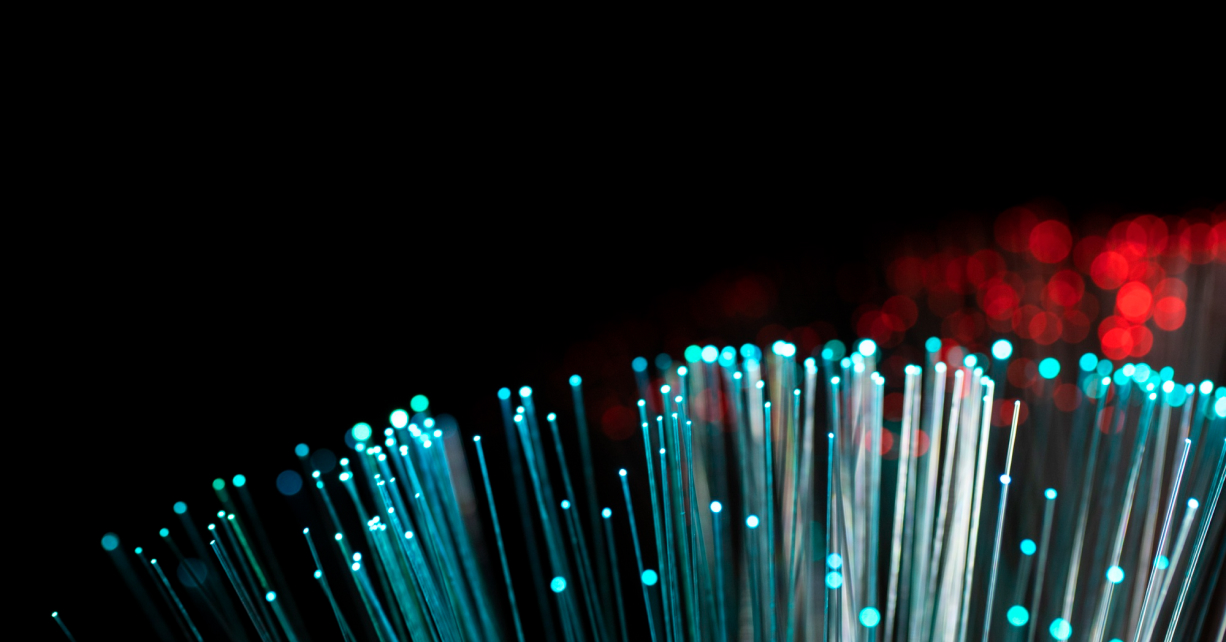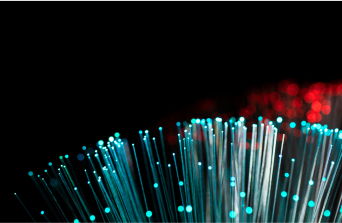

In the fast-paced world of telecommunication, fiber optic communication stands as a revolutionary technology that has transformed the way we transmit data over long distances. Known for its high speed, reliability, and capacity, fiber optic communication has become the backbone of modern communication networks. This article explores the benefits and applications of fiber optic communication, shedding light on its critical role in our increasingly connected world.
Fiber optic communication involves the transmission of information as light pulses through thin strands of glass or plastic fibers. These fibers, known as optical fibers, are capable of carrying large amounts of data over long distances with minimal loss and interference. The core components of a fiber optic communication system include:
The basic principle of fiber optic communication relies on the transmission of light signals through the optical fiber. Here’s a step-by-step overview of how the process works:
Fiber optic cables offer significantly higher bandwidth compared to traditional copper cables. This means they can carry more data at much faster speeds. For example, a single optical fiber can carry data at rates of up to 100 Gbps or more, making it ideal for applications that require high data throughput, such as video streaming, online gaming, and cloud computing.
Optical fibers can transmit data over much longer distances without significant loss of signal quality. Unlike copper cables, which suffer from signal degradation over long distances, fiber optic cables maintain signal integrity, allowing for reliable long-distance communication. This makes fiber optics the preferred choice for backbone networks that connect cities, countries, and continents.
Fiber optic cables are immune to electromagnetic interference (EMI) because they use light instead of electrical signals. This makes them ideal for environments with high levels of electrical noise, such as industrial settings or areas near power lines. The lack of EMI also ensures clearer and more reliable communication.
Fiber optic communication offers enhanced security compared to traditional communication methods. It is difficult to tap into a fiber optic cable without being detected, as any interference with the cable will cause a noticeable drop in signal quality. This makes fiber optics a secure choice for transmitting sensitive data, such as financial transactions, government communications, and personal information.
Fiber optic networks are highly scalable, allowing for easy upgrades to accommodate increasing data demands. As technology advances and data consumption grows, fiber optic infrastructure can be expanded and enhanced to support higher speeds and greater capacity without the need for major overhauls.
Fiber optic communication is the backbone of modern telecommunications networks. It enables high-speed internet access, voice-over-IP (VoIP) services, and high-definition video conferencing. Telecommunications companies use fiber optic cables to connect central offices, data centers, and customer premises, ensuring fast and reliable communication services.
Optical fibers can transmit data over much longer distances without significant loss of signal quality. Unlike copper cables, which suffer from signal degradation over long distances, fiber optic cables maintain signal integrity, allowing for reliable long-distance communication. This makes fiber optics the preferred choice for backbone networks that connect cities, countries, and continents.
Data centers rely heavily on fiber optic communication to manage and transmit vast amounts of data efficiently. Fiber optics connect servers, storage systems, and networking equipment within data centers, ensuring fast data transfer rates and low latency. This is essential for cloud computing, big data analytics, and other data-intensive applications.
The healthcare industry uses fiber optic communication for telemedicine, medical imaging, and data storage. High-speed fiber optic networks enable real-time video consultations between patients and healthcare providers, improving access to medical care. Fiber optics also support the transmission of large medical imaging files, such as MRI and CT scans, ensuring quick and accurate diagnoses.
Fiber optic communication plays a crucial role in broadcasting, enabling the transmission of high-definition television (HDTV) and live broadcasts. Broadcasters use fiber optics to deliver high-quality video and audio signals to viewers, ensuring clear and uninterrupted content delivery. Fiber optics also support the distribution of content to multiple platforms, including cable, satellite, and internet streaming services.
The military and defense sectors use fiber optic communication for secure and reliable communication. Fiber optics support the transmission of classified information, command and control signals, and surveillance data. The high security and immunity to interference make fiber optics an ideal choice for military applications.
Fiber optic communication is used in industrial automation for real-time monitoring and control of manufacturing processes. Fiber optics connect sensors, controllers, and robotic systems, enabling precise and efficient operations. The high speed and reliability of fiber optics ensure minimal downtime and optimal performance in industrial environments.
Fiber optic communication has revolutionized the way we transmit data, offering unparalleled speed, reliability, and capacity. Its benefits extend across various industries, from telecommunications and internet services to healthcare and industrial automation. As data demands continue to grow, fiber optic technology will remain at the forefront of innovation, driving advancements in communication and connectivity. By understanding the benefits and applications of fiber optic communication, we can appreciate its critical role in shaping the future of our digital world.